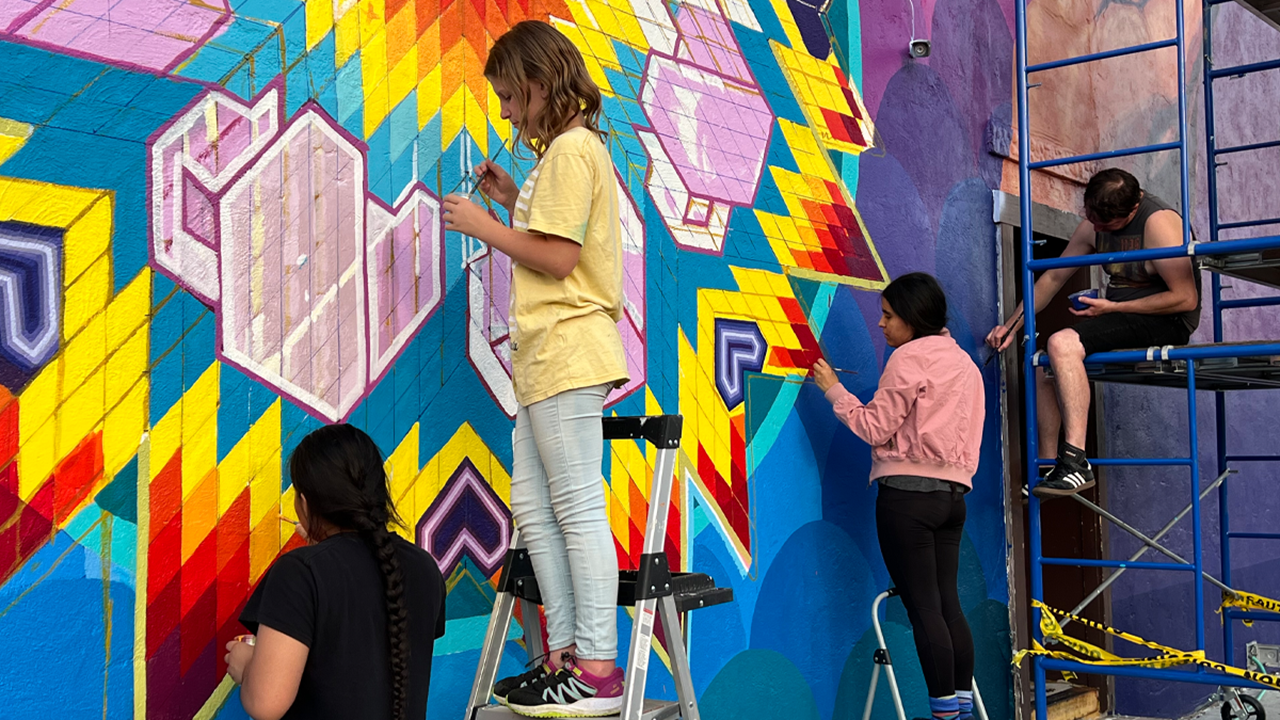Unfold a Story Using Photo-Based Painting Techniques
For professional photographers, the quest for innovation and creativity never stops. Among the myriad ways to explore new dimensions in art, telling a story through photo-based painting stands out as a unique and compelling approach. This technique allows photographers to transcend the traditional boundaries of photography by blending it with painting, thus weaving a narrative that captivates and engages audiences at a profound level. In this article, we'll delve deep into how professional photographers can harness this incredible art form to craft stories that are as visually stunning as they are emotionally resonant.

The Art of Blending Photography with Painting
The concept of turning a photograph into a painted masterpiece is not entirely new, yet it's gaining fresh momentum among professional photographers. Engaging in photo-based painting techniques can elevate your work, offering an opportunity to explore the intersection of two powerful visual languages. This fusion not only enhances the aesthetic appeal of the image but also adds a layer of narrative depth.
By combining elements of painting with photography, artists can focus on specific themes, emotions, or stories within their work. This blend allows the artist to manipulate elements that might be impossible to alter in traditional photography alone, such as texture, color, and even composition dynamicseffectively crafting a new story for each piece.
Crafting a Narrative: Steps to Success
When embarking on a photo-based painting project with storytelling in mind, photographers should consider the following key steps:
1. Selecting the Right Photograph
The initial step involves choosing a photograph that has the potential to convey a rich story. This selection should be guided by the photograph's inherent emotions, compositions, and the ability to enter a dialogue with the viewer. A powerful photograph serves as the bedrock of a successful narrative painting.
2. Deciding on Painting Techniques
Once the photograph is selected, the next step involves deciding which painting techniques will best enhance your story. Techniques like realistic painting or impressionism can significantly affect how the story is perceived. Professional photographers should experiment with different media such as oil, acrylic, or digital to find what complements the original image.
Read more about how painting techniques can impact photography in our article on types of photo-based paintings.
3. Story Development
A compelling narrative in photo-based painting is often nuanced and subjective. It requires integrating visual motifs and subtle elements that resonate with the audience. Creating layers within the painting that are revealed upon closer inspection can deepen the viewers engagement with the story.
Challenges and Rewards
While the journey of melding photographs with painting to create storytelling masterpieces is rewarding, it also comes with its challenges. The complexity involved in choosing the right photograph, mastering various painting techniques, and weaving a meaningful narrative can be daunting. However, the resulta work of art that moves viewers and provokes thoughtis immensely satisfying.
For more insights into overcoming these challenges, check out our creating mood in photo-based painting guide.
Why Professional Photographers Should Care
For professional photographers, the ability to tell stories through their art is paramount. The world is saturated with images, and standing out requires more than technical proficiency with a camera. By adopting photo-based painting practices, photographers can enhance their narratives, making their work both memorable and impactful.
Additionally, incorporating painting into their photography can open new avenues for commercial success and personal artistic satisfaction. It is a promising niche that not only demonstrates versatility but also broadens the scope of what photography and fine art can offer in tandem.
Conclusion
The convergence of photography and painting into a storytelling format offers incredible potential for innovation and expression. Professional photographers, by embracing this form, not only challenge themselves but also push the boundaries of visual storytelling. As technology evolves and the art world shifts in new directions, telling a story through photo-based painting remains a compelling path for conveying stories that leave lasting impressions.
Learn more about the possibilities with photo-based art on this insightful external guide about painting from photographs.

Frequently Asked Questions (FAQ)
What is the basic concept of photo-based painting?
Photo-based painting involves using a photograph as a reference or core visual element and incorporating painting techniques to alter or enhance the image. This approach adds new dimensions and narratives to the original photograph.
How does storytelling play a role in photo-based painting?
In photo-based painting, storytelling is about weaving a narrative through visual elementssuch as textures, colors, and compositionto evoke emotions and connections. The painting speaks beyond the physical image, drawing viewers into a deeper dialogue with the art.
What are the best types of photographs for creating photo-based paintings?
The best photographs for photo-based paintings are those that possess strong emotional or narrative potential. They should have vibrant compositions, interesting subjects, and the ability to communicate or provoke thought without needing further explanation.

